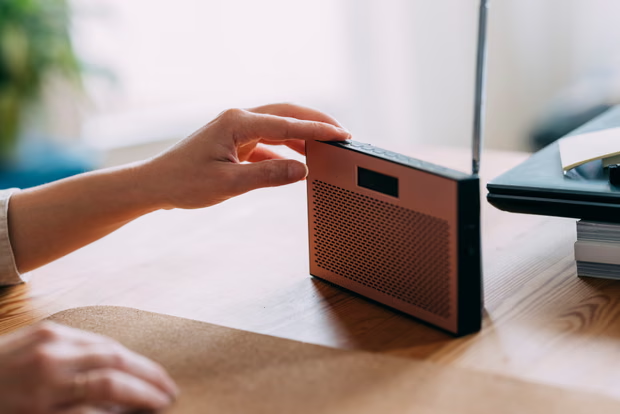Many people struggle with maintenance insomnia, waking in the middle of the night and finding it difficult to return to sleep. One reader, Gillian Greenfield from Haydon Bridge, Northumberland, shared how she has managed her insomnia by turning to radio on demand. She explained that focusing on audio shows prevents her mind from ruminating on worries, allowing her to relax and often fall back asleep mid-programme.
“I used to spend the wee small hours worrying about real or imagined problems,” Greenfield said. “Your brain simply can’t process two things at once. Now I have a wealth of shows to choose from, and they keep anxiety from creeping in.”
Greenfield notes that while she still loses some sleep, she enjoys using the time to listen to programs she can’t fit into her daytime schedule. She recommends this approach to others who struggle with middle-of-the-night awakenings, as it can turn sleepless hours into a period of calm focus rather than anxiety.
Experts also highlight the importance of understanding natural biorhythms. Before artificial light became widespread, split sleep patterns were common, especially for young adults. In situations where it was necessary to stay alert at night, people divided sleep into shifts. Older adults might go to bed early and rise for the third watch, while adolescents stayed up late and woke for early shifts. Young adults often slept in the middle of the night and then resumed rest after fulfilling their watch duties.
Although modern life is more complicated than these historical sleep patterns, natural biorhythms still play a key role. Sleep patterns change with age, and following the body’s natural signals can help improve rest. Experts recommend listening to your body rather than forcing a fixed schedule that conflicts with your natural rhythms.
Research shows that trying to resist natural wakefulness in the middle of the night can increase anxiety and make it harder to fall back asleep. Conversely, engaging in quiet, relaxing activities such as listening to calm radio shows or gentle podcasts can help the mind focus on something neutral, reducing worry and promoting sleep. Unlike reading or using screens, audio content allows people to drift off naturally without straining to remember a plot or scrolling endlessly.
For those with maintenance insomnia, the goal is not necessarily to achieve uninterrupted sleep immediately but to reduce the stress associated with waking. Turning on the radio, guided meditations, or soft storytelling can provide a mental anchor that encourages the brain to relax. Over time, this approach can help reinforce a positive association with night awakenings, reducing anxiety and improving overall sleep quality.
Experts also emphasize the importance of maintaining a calm environment during night awakenings. Minimizing bright light, avoiding stressful thoughts, and choosing audio content that is engaging but not stimulating can make it easier to return to sleep. Pairing these habits with consistent sleep and wake times supports long-term sleep health.
Greenfield’s approach illustrates how personal strategies can complement scientific understanding. By aligning daily habits with natural biorhythms and using tools like radio on demand, individuals with maintenance insomnia can create an environment conducive to rest. Listening to audio shows transforms otherwise frustrating wakeful hours into a productive and soothing experience, offering a practical solution for those struggling to sleep through the night.
Ultimately, coping with middle-of-the-night awakenings requires patience, experimentation, and awareness of one’s own body rhythms. Whether through historical insights into split sleep patterns or modern audio-based interventions, people can learn to navigate insomnia in ways that reduce anxiety and improve overall wellbeing.







